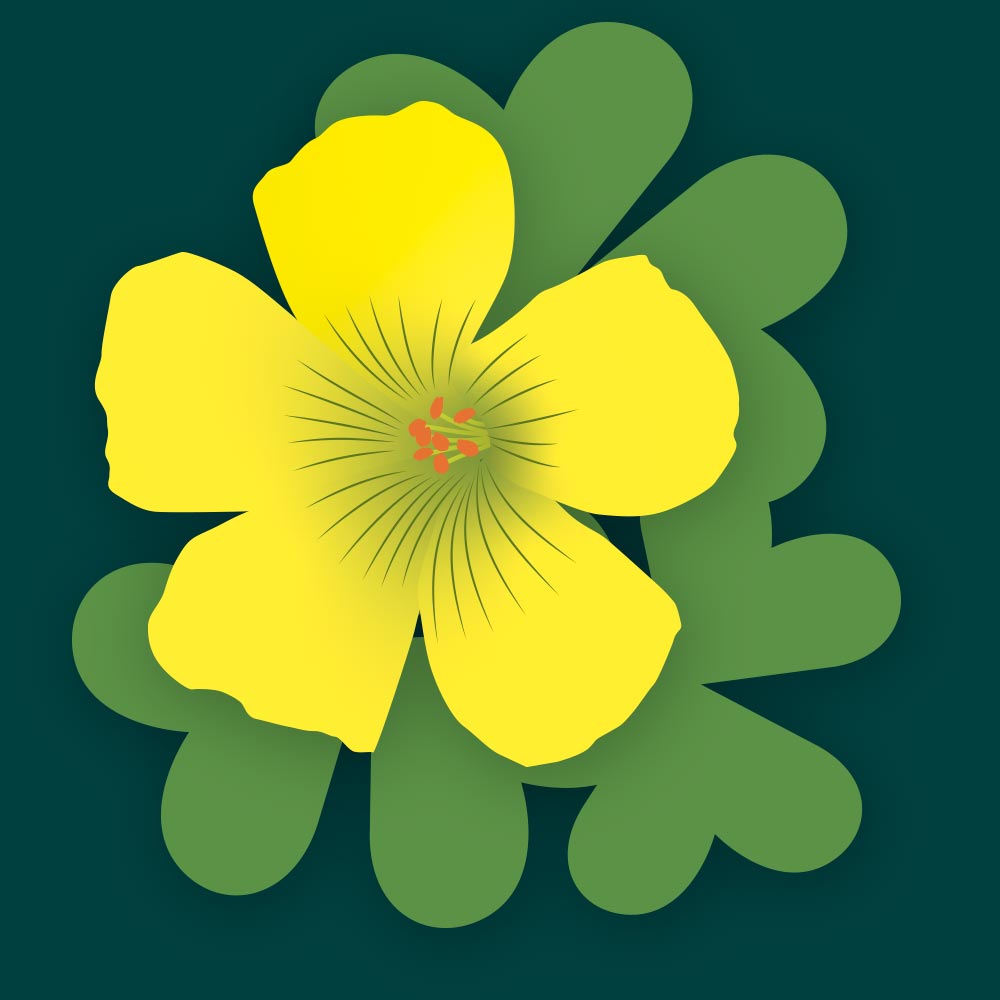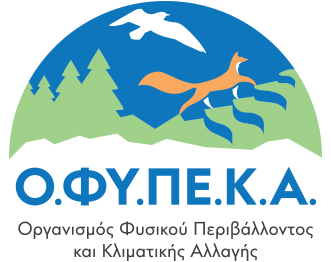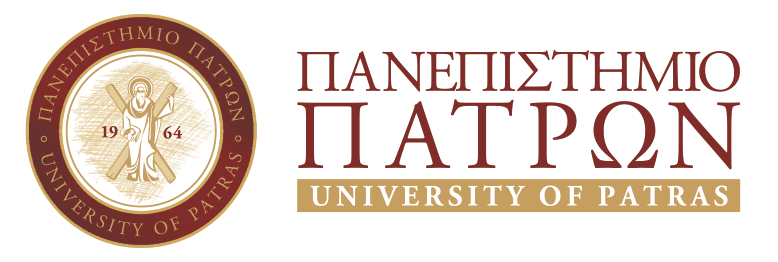Annotations
| Term | Term (GR) | Abbreviation | Description |
|---|---|---|---|
| Aquatic | Υδρόβιο | A | Aquatic (submerged, emerged, or free-floating) short-lived or perennial herbs. Υδρόβια (βυθισμένα, αναδυόμενα ή ελεύθερα πλέοντα) βραχύβια ή πολυετή ποώδη φυτά. |
| Chamaephyte | Χαμαίφυτο | C | Perennial plants with perennating meristem at heights < 50 cm above ground (pulvinate, frutescent, suffrutescent or low succulent dwarf shrubs or semi-woody herbs). Πολυετή φυτά με οφθαλμούς ανανέωσης σε ύψος <50 cm πάνω από το έδαφος (μαξιλαρόμορφα, θαμνώδη, ημι-θαμνώδη φυτά ή χαμηλοί σαρκώδεις νανώδεις θάμνοι ή ημι-ξυλώδεις πόες). |
| Geophyte | Γεώφυτο | G | Perennials with above-ground parts periodically dying off and below-ground parts surviving the unfavourable period (which in the Mediterranean may be winter or summer) (bulbous, tuberous or rhizomatous herbs and helophytes). Πολυετή φυτά των οποίων τα όργανα επιβίωσης κατά τη δυσμενή περίοδο (που στην Μεσόγειο μπορεί να είναι ο χειμώνας ή το καλοκαίρι) βρίσκονται μέσα στο έδαφος ή είναι βυθισμένα στο νερό (φυτά με ρίζωμα, βολβό, κόνδυλο και ελόφυτα. |
| Hemicryptophyte | Ημικρυπτόφυτο | H | Perennial plants with periodically dying shoots and perennating meristem at the ground (scapose, caespitose, rosulate, semi-rosulate, stoloniferous or repent herbs). Διετή και πολυετή ποώδη φυτά με οφθαλμούς ανανέωσης στην επιφάνεια του εδάφους, όπου προστατεύονται με υπολείμματα νεκρών φύλλων και κλαδιών και βλαστάνουν τον επόμενο χρόνο (βλαστο-, θυσσανο-, ροδακο-, ημι-ροδακο-, ερπο- ημικρυπτόφυτα). |
| Phanerophyte | Φανερόφυτο | P | Perennial plants with perennating meristem (buds) at heights > 50 cm above ground (trees, shrubs, tall stem succulents, arboreal grasses). Πολυετή φυτά, δενδρώδη, θαμνώδη και αναρριχώμενα με οφθαλμούς ανανέωσης σε ύψος τουλάχιστον 50cm πάνω από το έδαφος. |
| Therophyte | Θερόφυτο | T | Annuals, completing their life cycle, optionally several times, within one growing period, surviving the unfavourable period as seed or seedling (spring-green, summer-green or hibernating-green ephemerals). Ετήσια ποώδη φυτά, που συμπληρώνουν τον κύκλο ζωής τους σε μια αυξητική περίοδο και τα οποία επιβιώνουν τη δυσμενή γι’ αυτά περίοδο του έτους, με τη μορφή σπερμάτων ή αρτιβλάστων. |


